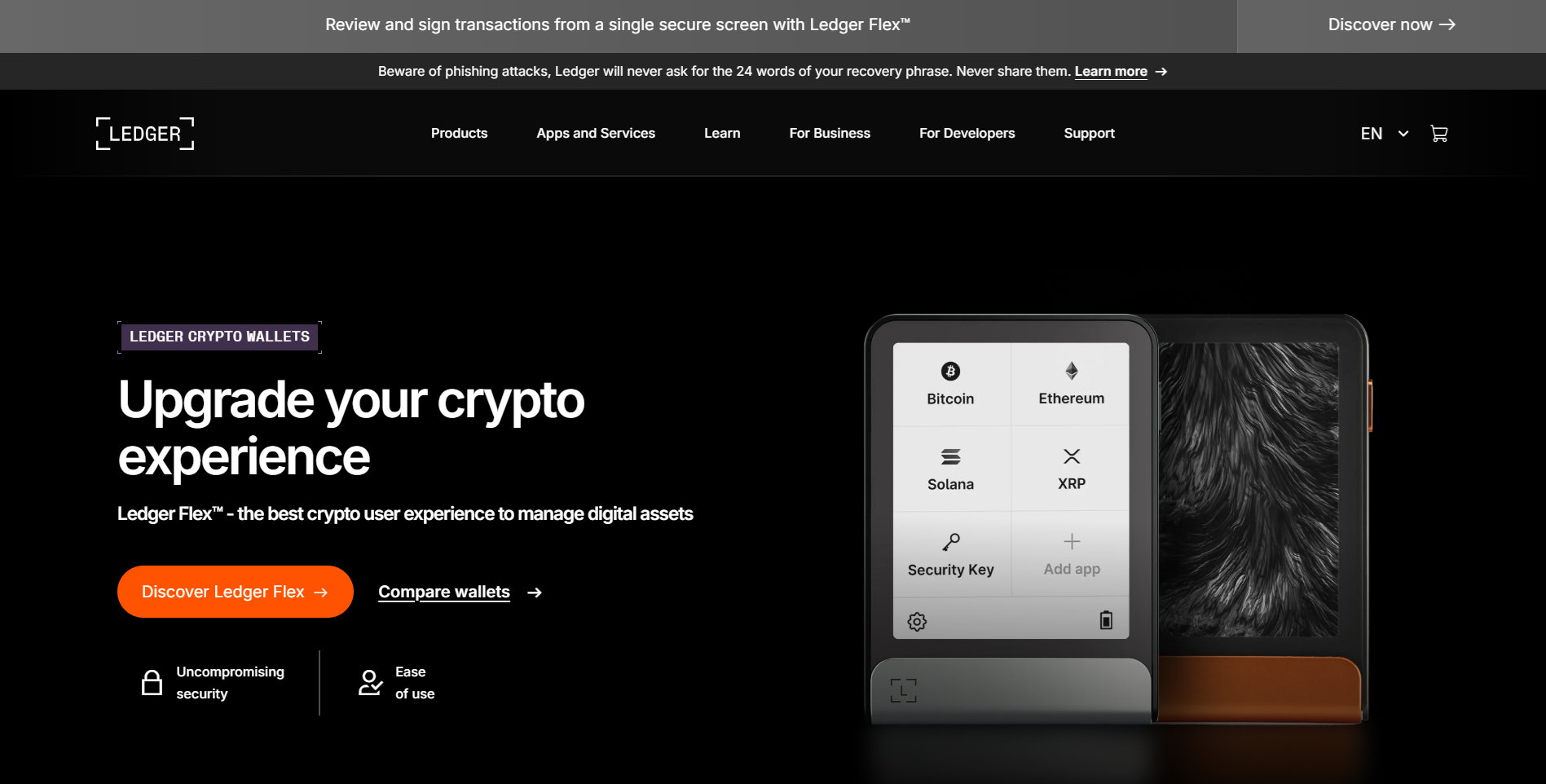
Ledger Login: What You Need to Know to Securely Access Your Wallet
As cryptocurrency adoption accelerates, so does the importance of securing your digital assets. If you're using a Ledger hardware wallet, you’ve already taken a major step toward self-custody. But if you’re searching for a Ledger Live Login option—like you would for a typical online account—you need to understand that Ledger works a little differently.
Unlike centralized exchanges or traditional banking platforms, Ledger does not have a conventional “login” system. You don’t create a username and password. Instead, your access to crypto assets is tied directly to your hardware device and your ability to securely manage your private keys and 24-word recovery phrase.
So… Is There a Ledger Login Page?
The short answer: No, and that’s by design.
When you visit Ledger’s official platforms, like ledger.com or ledger.com/start, you won’t find a “Login” button in the traditional sense. This is because Ledger wallets are offline devices (also known as cold wallets), which store your private keys securely and locally—on the device itself—not on the cloud.
The closest experience to logging in comes through the Ledger Live app. However, even there, there’s no password-based account system. Instead, Ledger Live connects to your Ledger Nano X or Ledger Nano S Plus via USB or Bluetooth. Once connected, you can:
- View your crypto portfolio
- Send and receive assets
- Install or update blockchain apps
- Stake or swap tokens (via partner integrations)
Your access is hardware-based, not cloud-based.
How Ledger Protects You Without a Traditional Login
The absence of a web-based Ledger login may feel unusual at first, especially for users accustomed to platforms like Coinbase or Binance. But this model enhances your crypto security significantly. Here's how:
- No Online Accounts: Since Ledger doesn’t store your private data, there’s nothing for hackers to breach.
- Offline Private Keys: All keys remain on your Ledger device, protected by encryption and physical security features.
- No Password Resets: You control your wallet through your 24-word recovery phrase—not through email logins or SMS verifications that can be spoofed.
- Ledger Live Access: You interact with your assets using Ledger Live, which connects to your hardware device and validates every transaction you approve.
Avoid Ledger Login Scams
Because there’s no real Ledger login, scammers often build fake login pages to trick users into entering their 24-word recovery phrase. Be cautious of:
- Sites claiming to be "Ledger login" portals
- Messages or emails asking you to verify or reset your wallet
- Apps pretending to be Ledger Live asking for your recovery phrase
Ledger will never ask for your recovery phrase online, under any circumstances.
What To Do Instead of Logging In
If you’re trying to access your wallet:
- Open the Ledger Live app on your desktop or mobile device.
- Connect your Ledger hardware wallet via USB or Bluetooth.
- Enter your PIN code on the device.
- Manage your assets securely through Ledger Live.
That’s it—no passwords, no web logins, no centralized accounts.
Final Thoughts on Ledger Login
While it may feel unfamiliar at first, the Ledger no-login system is what makes it one of the most secure crypto storage solutions available today. Rather than logging into a vulnerable online account, you “log in” through your physical ownership of a device that never exposes your private keys to the internet.
If you're ever unsure about how to access your Ledger wallet, stick to the official app and follow the instructions provided through ledger.com/start.
Disclaimer
This blog is for informational purposes only and does not constitute financial advice or an official statement from Ledger. Ledger does not offer login functionality through its website. Any website or email asking for your 24-word recovery phrase or Ledger login credentials is likely a phishing attempt. Always keep your recovery phrase offline and private. Cryptocurrency involves risk, and users are responsible for securing their own wallets and digital assets.